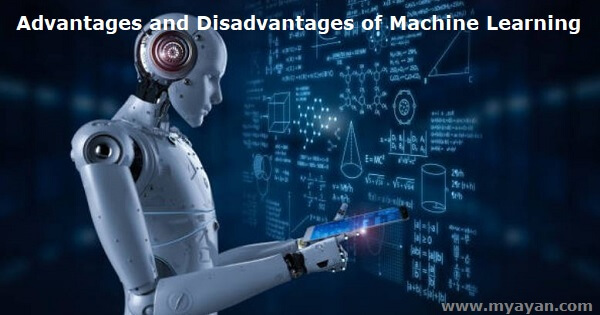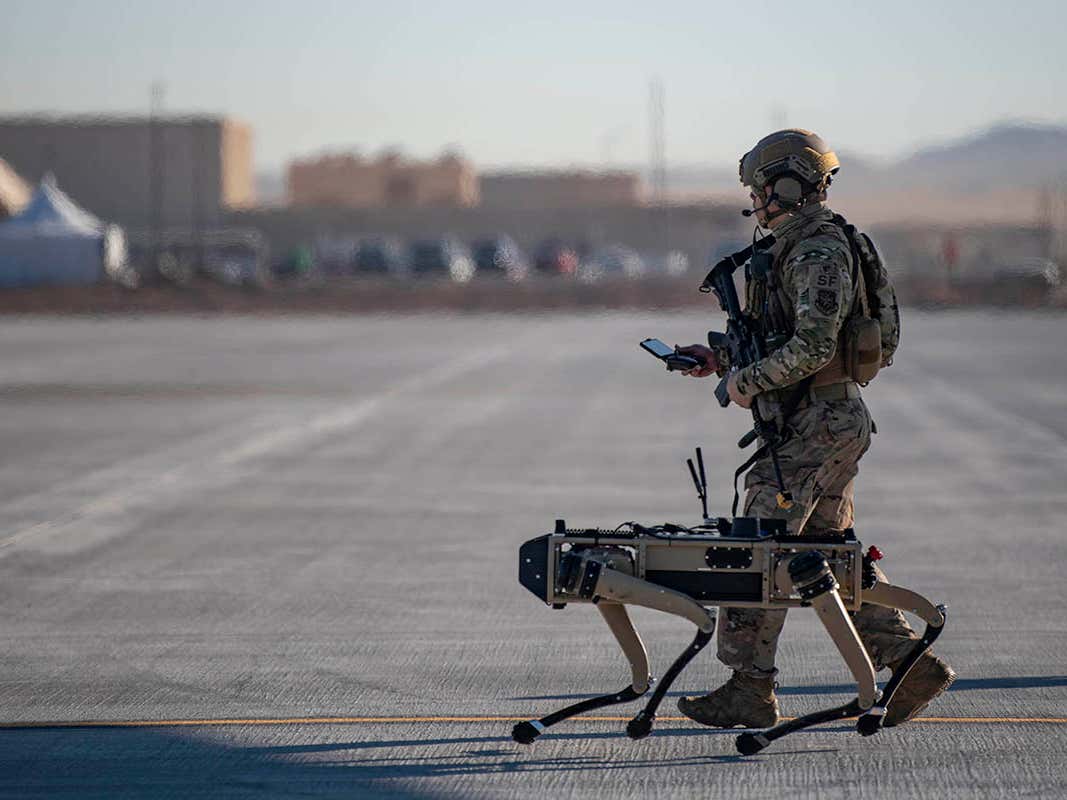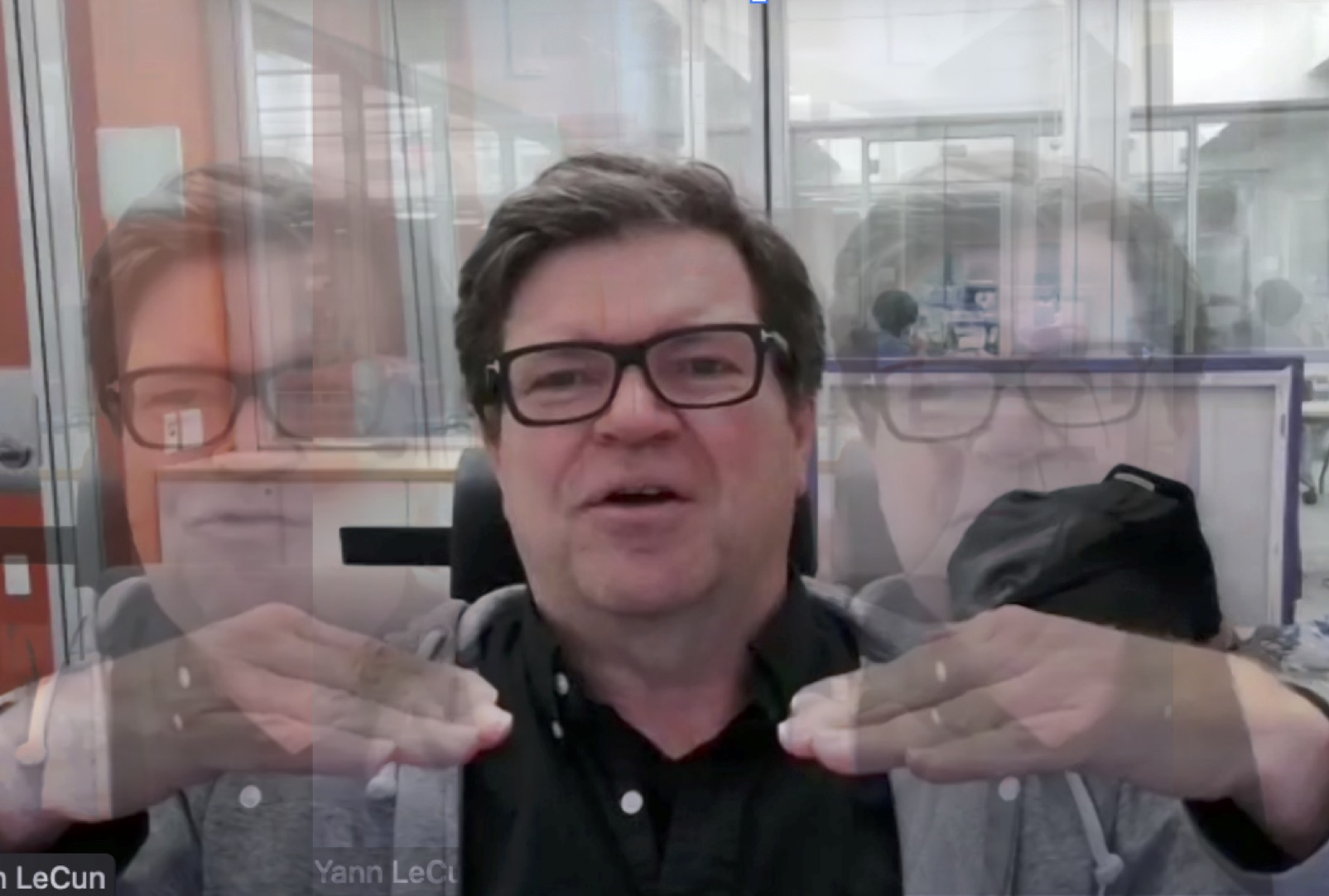
One of the best ways to learn computer vision is through tutorials. These articles include topics such Deepfake detection and Pattern recognition algorithms. These tutorials will help you not only learn how to apply computer visualisation to real-world scenarios, but also provide a solid foundation for computer science.
Basic computer vision skills
Computer vision requires the ability to use various image processing software. Computer vision engineers will need to have basic knowledge about histogram equalityisation and median filtering. They should also be proficient in basic machine learning techniques such as fully connected neural networks, convoluted neural networks (CNNs), and support vector machinery (SVMs). They must also be able to interpret and decode mathematical models, which are used often to process images.
Computer vision engineers develop algorithms for interpreting digital images. Computer vision engineers must be skilled in mathematics and be able communicate their ideas to nontechnical audiences.
Pattern recognition algorithms
Computer vision tutorials aim to provide the participants with fundamental understanding of computer vision. They can be short courses or full courses and may be either regular or advanced in nature. The CVPR will support selected tutorials. Computer Vision Tutorials are for professionals and students. These tutorials assume a basic understanding of mathematics, programming, numerical methods, and programming. In contrast, advanced tutorials are meant for researchers and professionals who want to learn novel algorithms and techniques in Computer Vision.

There are many uses for pattern recognition algorithms. They can be used for analysis, prediction, and identification of objects from different distances and angles. These techniques are useful in the financial industry where they can make important sales predictions. They can also be used in forensic analysis and DNA sequencing.
Deepfake detection algorithm
Deepfake detection algorithms employ a combination long-short time memory (LSTM), convolutional neural networking (CNNs) as well as convolutional networks (CNNs). This allows for the identification of real videos from fakes. CNNs take feature maps from a video frame, and feed them into an LSTM. After that, a fully-connected neural net classifies real videos and doctored videos based on how likely it is for a frame to be doctored.
To detect a deepfake, a CNN model is trained on the original and deepfake videos. The CNN model is trained on the FaceForensics++ dataset and demonstrates comparable accuracy to state-of-the-art methods.
Classification of objects
One of the many tasks a computer can perform is object classification. This task involves analyzing visual content and categorizing objects into one of a number of defined classes. The computer can use this technique to identify objects and make predictions about their class. This tutorial is a good place to start if you are interested in working in this field.
Computer vision has many applications beyond image classification. It allows automatic checkout at retail stores, can detect early plant diseases, and can also be used for other purposes. Object detection and image segmentation are two common computer vision techniques. The first technique is for identifying a particular object in an image. Object detection can recognize multiple objects within one image. Advanced object detection models work with an image's X- and Y coordinates to build a bounding circle. They can identify any object that is contained within the box.

Object segmentation
A convergence algorithm allows you to find regions in images and segment them. Areas are then divided into "C" groups based on the similarity and degree of association of individual pixels within those groups. This is especially useful when dealing with large numbers of images.
Object segmentation is used in image processing. This includes facial recognition. This allows an automated process for identifying a person and an object. It can also be used to detect diseases, tumors, or any other features. It can also detect soil characteristics and other characteristics. Robotics is another area where object segmentation may be useful.
FAQ
What are some examples AI apps?
AI is used in many areas, including finance, healthcare, manufacturing, transportation, energy, education, government, law enforcement, and defense. Here are just some examples:
-
Finance - AI is already helping banks to detect fraud. AI can identify suspicious activity by scanning millions of transactions daily.
-
Healthcare – AI is used in healthcare to detect cancerous cells and recommend treatment options.
-
Manufacturing - AI in factories is used to increase efficiency, and decrease costs.
-
Transportation - Self driving cars have been successfully tested in California. They are currently being tested around the globe.
-
Utility companies use AI to monitor energy usage patterns.
-
Education - AI is being used in education. Students can communicate with robots through their smartphones, for instance.
-
Government – AI is being used in government to help track terrorists, criminals and missing persons.
-
Law Enforcement - AI is used in police investigations. The databases can contain thousands of hours' worth of CCTV footage that detectives can search.
-
Defense – AI can be used both offensively as well as defensively. In order to hack into enemy computer systems, AI systems could be used offensively. Protect military bases from cyber attacks with AI.
AI: Good or bad?
AI can be viewed both positively and negatively. AI allows us do more things in a shorter time than ever before. No longer do we need to spend hours programming programs to perform tasks such word processing and spreadsheets. Instead, we just ask our computers to carry out these functions.
Some people worry that AI will eventually replace humans. Many believe that robots will eventually become smarter than their creators. This may lead to them taking over certain jobs.
Is there another technology which can compete with AI
Yes, but it is not yet. Many technologies have been created to solve particular problems. However, none of them can match the speed or accuracy of AI.
Where did AI come?
The idea of artificial intelligence was first proposed by Alan Turing in 1950. He stated that intelligent machines could trick people into believing they are talking to another person.
John McCarthy later took up the idea and wrote an essay titled "Can Machines Think?" John McCarthy, who wrote an essay called "Can Machines think?" in 1956. In it, he described the problems faced by AI researchers and outlined some possible solutions.
How does AI work?
An artificial neural network is composed of simple processors known as neurons. Each neuron processes inputs from others neurons using mathematical operations.
Layers are how neurons are organized. Each layer serves a different purpose. The first layer receives raw data like sounds, images, etc. It then passes this data on to the second layer, which continues processing them. Finally, the last layer generates an output.
Each neuron also has a weighting number. When new input arrives, this value is multiplied by the input and added to the weighted sum of all previous values. If the result is greater than zero, then the neuron fires. It sends a signal along the line to the next neurons telling them what they should do.
This process repeats until the end of the network, where the final results are produced.
Statistics
- While all of it is still what seems like a far way off, the future of this technology presents a Catch-22, able to solve the world's problems and likely to power all the A.I. systems on earth, but also incredibly dangerous in the wrong hands. (forbes.com)
- That's as many of us that have been in that AI space would say, it's about 70 or 80 percent of the work. (finra.org)
- Additionally, keeping in mind the current crisis, the AI is designed in a manner where it reduces the carbon footprint by 20-40%. (analyticsinsight.net)
- A 2021 Pew Research survey revealed that 37 percent of respondents who are more concerned than excited about AI had concerns including job loss, privacy, and AI's potential to “surpass human skills.” (builtin.com)
- More than 70 percent of users claim they book trips on their phones, review travel tips, and research local landmarks and restaurants. (builtin.com)
External Links
How To
How to create an AI program
Basic programming skills are required in order to build an AI program. There are many programming languages to choose from, but Python is our preferred choice because of its simplicity and the abundance of online resources, like YouTube videos, courses and tutorials.
Here's how to setup a basic project called Hello World.
First, you'll need to open a new file. You can do this by pressing Ctrl+N for Windows and Command+N for Macs.
Next, type hello world into this box. To save the file, press Enter.
For the program to run, press F5
The program should display Hello World!
But this is only the beginning. These tutorials will help you create a more complex program.